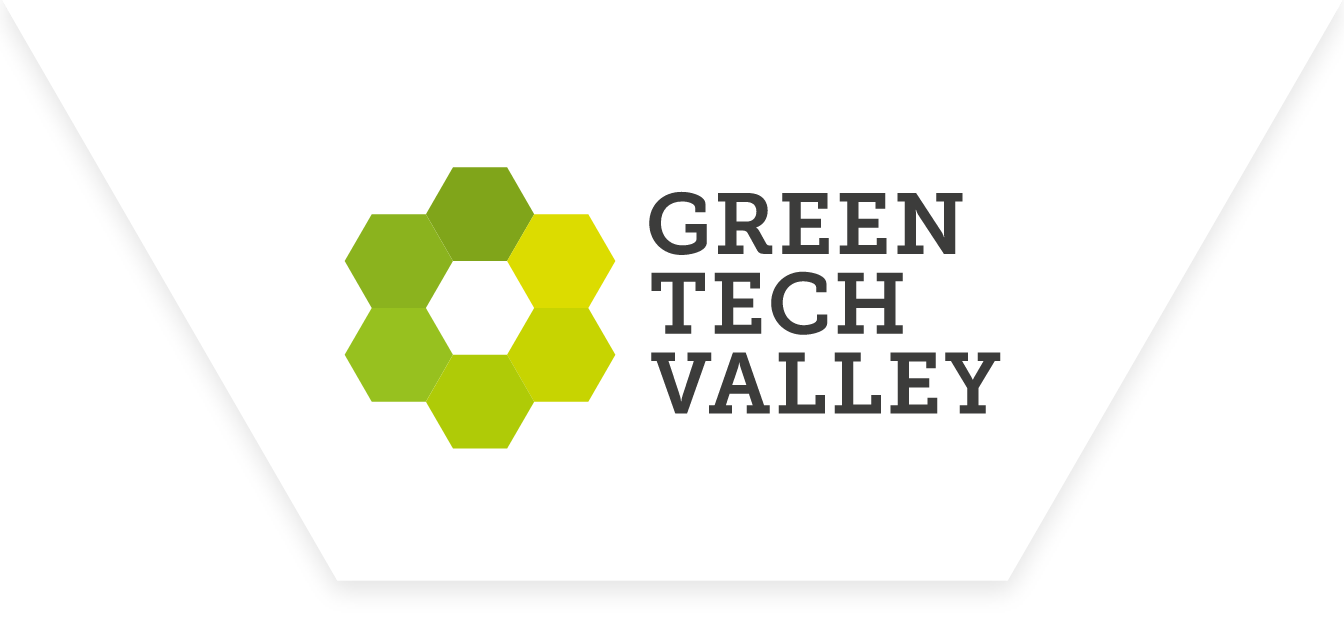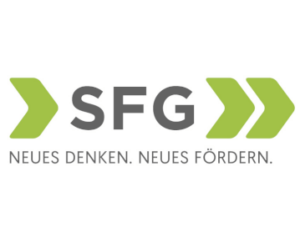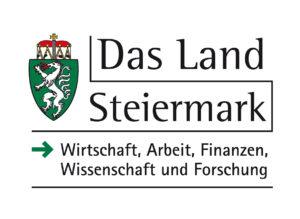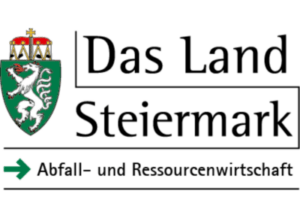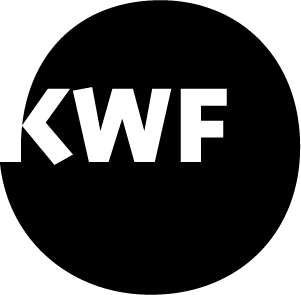Deloitte analysis: These trends will shape the tech world in 2025
The consulting firm Deloitte takes a look at the upcoming trends in the tech industry. It shows that even though the initial media hype is over, the topic of Generative Artificial Intelligence (GenAI) in particular will shake up the market in the coming months. The industry must prepare itself for a radical change that will bring opportunities and potential as well as a number of challenges.
As part of its “TMT Predictions”, the consulting firm Deloitte identifies the defining trends in the telecommunications, technology and media industry every year. The following four topics will have a significant impact on the market in 2025 and beyond.
Trend 1: GenAI doubles the energy consumption of data centers
According to Deloitte’s analysis, the global power consumption of data centers could double to 1,065 terawatt hours (TWh) by 2030 – that is 4% of total global energy consumption. The increase is mainly due to the rapid and large growth of Generative Artificial Intelligence (GenAI) applications and applications
“The enormous power consumption of GenAI and the associated negative effects on the climate are putting many technology companies under pressure. In this context, it is all the more important to drive forward the transition to clean energy – with the appropriate financial resources,” emphasizes Florian Brence, Partner at Deloitte Austria.
Trend 2: GenAI boosts smartphone market
GenAI-supported smartphones will continue to drive cell phone sales. Deloitte assumes that GenAI-enabled smartphones will account for more than 30% of all smartphones sold in 2025. In particular, applications such as live translation or automatic text generation could be the next big buying impulse.
“Smartphone manufacturers have already jumped on the GenAI bandwagon and are hoping that the upgrade will lead to a corresponding increase in sales. How high these will be in 2025 depends above all on how quickly consumers adopt the innovative functions,” explains Florian Brence.
Trend 3: More and more companies are relying on AI agents
With the increasing use of GenAI in the corporate context, the use of AI agents is also on the rise. Deloitte predicts that 25% of companies that already rely on GenAI will also work with autonomous intelligent systems that perform certain tasks without human intervention next year.
“The current AI agents will undergo significant improvements in the coming months, providing even greater flexibility and a broader range of applications in the future. It is therefore worthwhile for companies to prepare for the introduction of such systems, as it is undisputed that their many use cases make them useful tools for increasing productivity and efficiency,” says Florian Brence.
Trend 4: Consolidation in telecommunications is changing global markets
Consolidation in the wireless telecommunications sector, particularly in Europe, will continue and accelerate from 2025. This will create a more viable and sustainable wireless ecosystem, especially in smaller markets.
“According to our calculations, the total number of mergers and acquisitions will remain constant at around 400. However, the focus will shift primarily to consolidation at market level, with smaller telecommunications companies being targeted by larger companies. This will significantly change the global markets in the future,” predicts Florian Brence.
[Source: OTS, PA Deloitte, January 9, 2025]
Gartner’s 10 most important strategic technology trends for 2025
When selecting the 10 most important strategic technology trends for this year, the analysts at Gartner categorized them according to three themes: AI imperatives and risks, new frontiers in computing and human-machine synergies.
Topic no. 1: AI imperatives and risks are forcing companies to protect themselves
- Trend 1: Agentic AI: Autonomous AI can plan and take action to achieve goals set by the user.
Benefits for companies: A virtual workforce of agents supports, relieves and complements the work of humans or traditional applications.
Challenges: Requires robust guardrails to ensure alignment with vendor and user intentions.
- Trend 2: AI governance platforms: Technology solutions enable organizations to manage the legal, ethical and operational performance of their AI systems.
Business benefits: Create, manage and enforce policies that ensure responsible use of AI, explain how AI systems work, model lifecycle management and provide transparency to build trust and accountability.
Challenges: AI policies vary from region to region and industry to industry, making it difficult to establish consistent practices.
- Trend 3: Security through disinformation: A new category of technology that aims to systematically identify trust.
Benefits for organizations: Reducing fraud through increased identity verification controls; preventing account takeover through continuous risk assessment, contextual awareness and an ongoing adaptive trust model; and protecting brand reputation by identifying harmful narratives.
Challenges: Requires a continuously updated, multi-layered, adaptive learning team approach.
Topic no. 2: New frontiers of data processing are causing organizations to rethink the way they process data
- Trend 4: Post-quantum cryptography (PQC): Data protection that resists the decryption risks of quantum computing (QC).
Business Benefits: Protects data from the security risks that will come with the advent of quantum computing.
Challenges: PQC algorithms are not a simple replacement for existing asymmetric algorithms. Current applications may have performance issues, need to be tested and possibly rewritten.
- Trend 5: Invisible intelligence in the environment: Technology that is unobtrusively integrated into the environment to enable a natural, intuitive experience.
Business benefits: Enables cost-effective tracking and recording of objects in real time, improving visibility and efficiency; potential for tamper-proof provenance and new ways for objects to report their identity, history and characteristics.
Challenges: Providers will need to address privacy concerns and obtain consent for some types of data use. Users may choose to disable tags to protect their privacy.
- Trend 6: Energy-efficient computing: An approach to increasing sustainability through more efficient architecture, more efficient code and algorithms, hardware optimized for efficiency, and the use of renewable energy to power systems.
Business benefits: Addressing legal, commercial and social pressures to improve sustainability by reducing carbon footprint.
Challenges: New hardware, cloud services, skills, tools, algorithms and applications will be required; migration to new computing platforms will be complex and expensive; energy prices may rise in the short term as demand for green energy increases.
- Trend 7: Hybrid data processing: Combines different computing, storage and network mechanisms to solve computing problems.
Topic no. 3: Human-machine synergy brings the physical and digital worlds together
- Trend 8: Spatial computing: Digital extension of the physical world through technologies such as augmented and virtual reality to enable immersive experiences.
- Trend 9: Multifunctional robots: Robots that are able to perform multiple tasks and seamlessly switch between them when needed.
- Trend 10: Neurological enhancement: improving cognitive abilities through technologies that read and decode brain activity.
